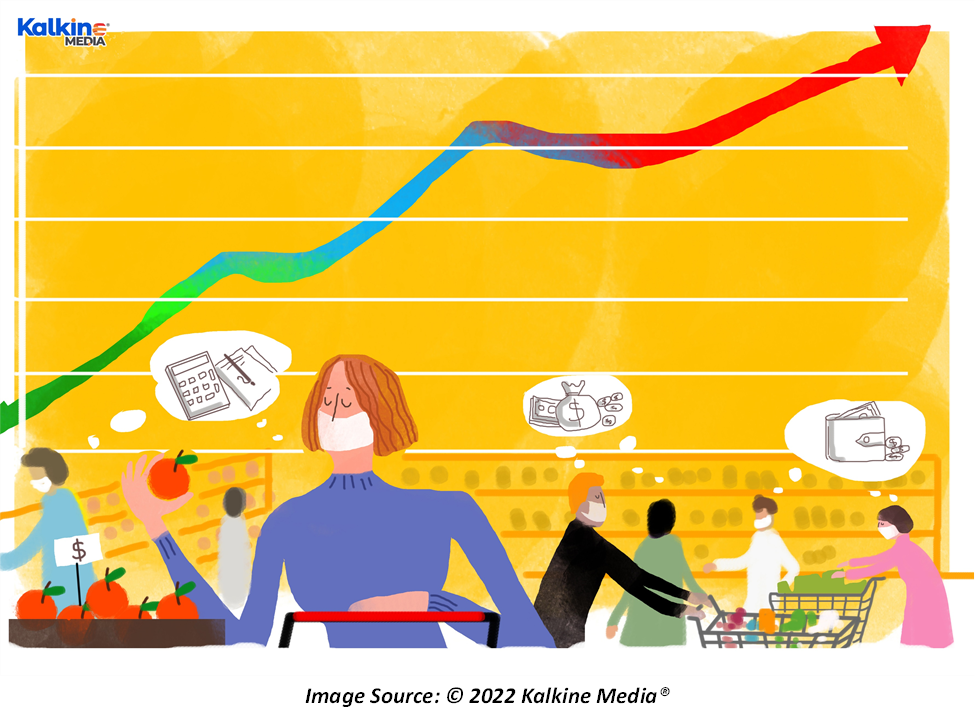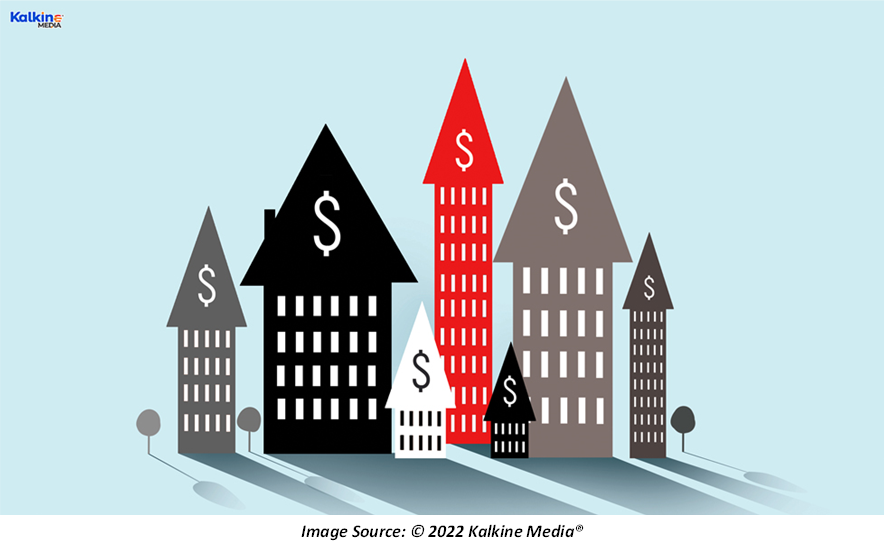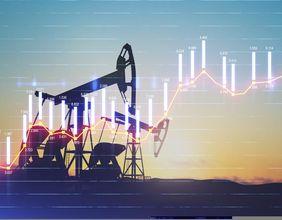Highlights
- Retail sales declined in December but stayed higher than pre-pandemic levels.
- Owner-occupier lending rose in December, following a perpetuating trend fuelled by record-low interest rates.
- The recent statistics suggest that the Australian economy is gradually reviving to its pre-pandemic state.
December 2021 was a crucial month for major economic parameters, with most indicators showing positive signs amid the post-pandemic rebound. As per the Australian Bureau of Statistics (ABS), lending indicators continued to stay afloat during the observed December boom, going from strength to strength since November 2021.
Although the lending indicator closed the previous year on a resounding note, retail sales exhibited a monthly fall of 4.4% in December in seasonally adjusted terms. However, sales were higher than those observed in December 2020.
Overall, December proved to be a period of promising data amidst a mixed bag of factors, with unemployment also reaching record-low levels over the month. The fall in the jobless rate came alongside increasing inflationary pressures, which has been a growing trend globally. Speculations are rife that a rise in prices could fuel policy changes in the coming months.
Meanwhile, here is a closer look at how lending and retail trade indicators performed in December 2021:
ALSO READ: Is Australia facing demand-pull or cost-push inflation?
Retail sales dip but stay elevated
Retail sales have defied the robust economic growth seen in November 2021. As per ABS, retail trade amounted to AU$31,926.3 million in December. This was 4.4% lower than November 2021 but 4.8% higher than December 2020. Surprisingly, the figure was even higher than pre-pandemic levels and marked the second-highest monthly retail sales turnover in the series after November 2021.

Interestingly, the November-December period was significant in releasing the pent-up demand built during lockdowns. However, the monthly fall of 4.4% was the highest since April 2020, which can be considered a correction and indicates that the economy might be heading toward pre-pandemic levels.
December falls were led by department stores, where sales fell 21.3%, followed by clothing, footwear, and personal accessory retail, exhibiting a decline of 17.3%. On the contrary, food retailing remained strong as consumers spent lavishly on eatables during the holiday season.
Owner-occupier lending booms
New loan commitments for housing followed a perpetuating trend in Australia, rising by 4.4% in December 2021 in seasonally adjusted terms. As per ABS, new loan commitments for personal fixed term loans and business construction also jumped by 0.7% and 66.6%, respectively, in December.
Notably, mortgage lending has been rising rapidly in the country owing to record low interest rates. In December, new loan commitments for housing reached a record high of AU$32.81 billion, majorly fuelled by the rise in owner-occupier lending.

Among the states, Victoria recorded the highest jump in owner-occupier loan commitments of 5.2%, followed by New South Wales with a rise of 3%. For owner-occupier first home buyers, new loan commitments rose for the second consecutive month by 1.3% in December 2021.
RELATED RAED: Is an interest rate hike on the way in Australia?
The recent statistics suggest that the Australian economy is gradually reviving to its pre-pandemic state. The pandemic has somehow shaken off economic indicators from their corrected averages. Meanwhile, the Omicron variant has added a fresh source of uncertainty, fuelling concerns around the shape of economic revival.
DO NOT MISS: Should global markets worry over Fed’s interest rate plans?






